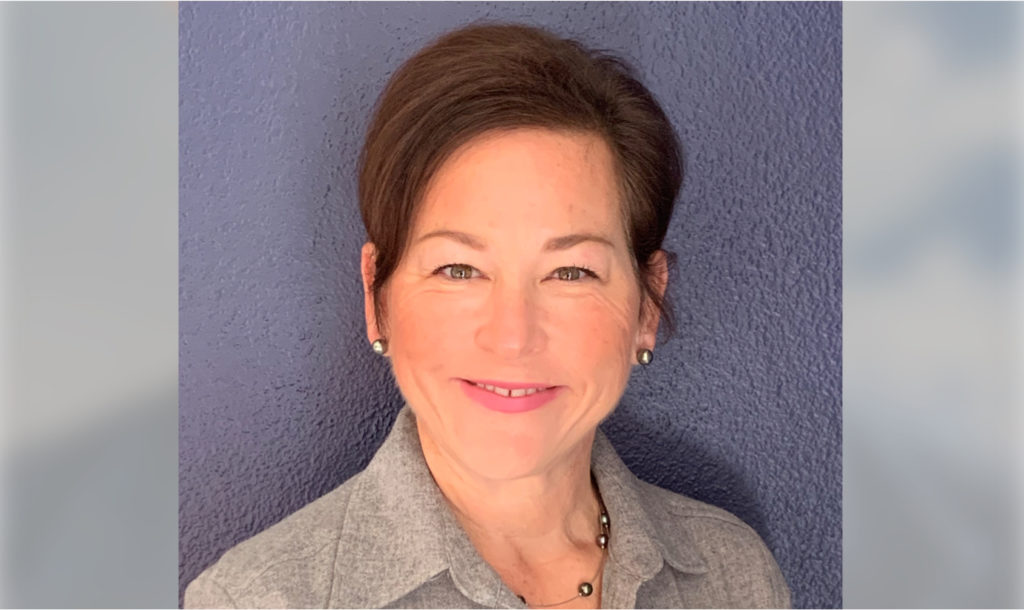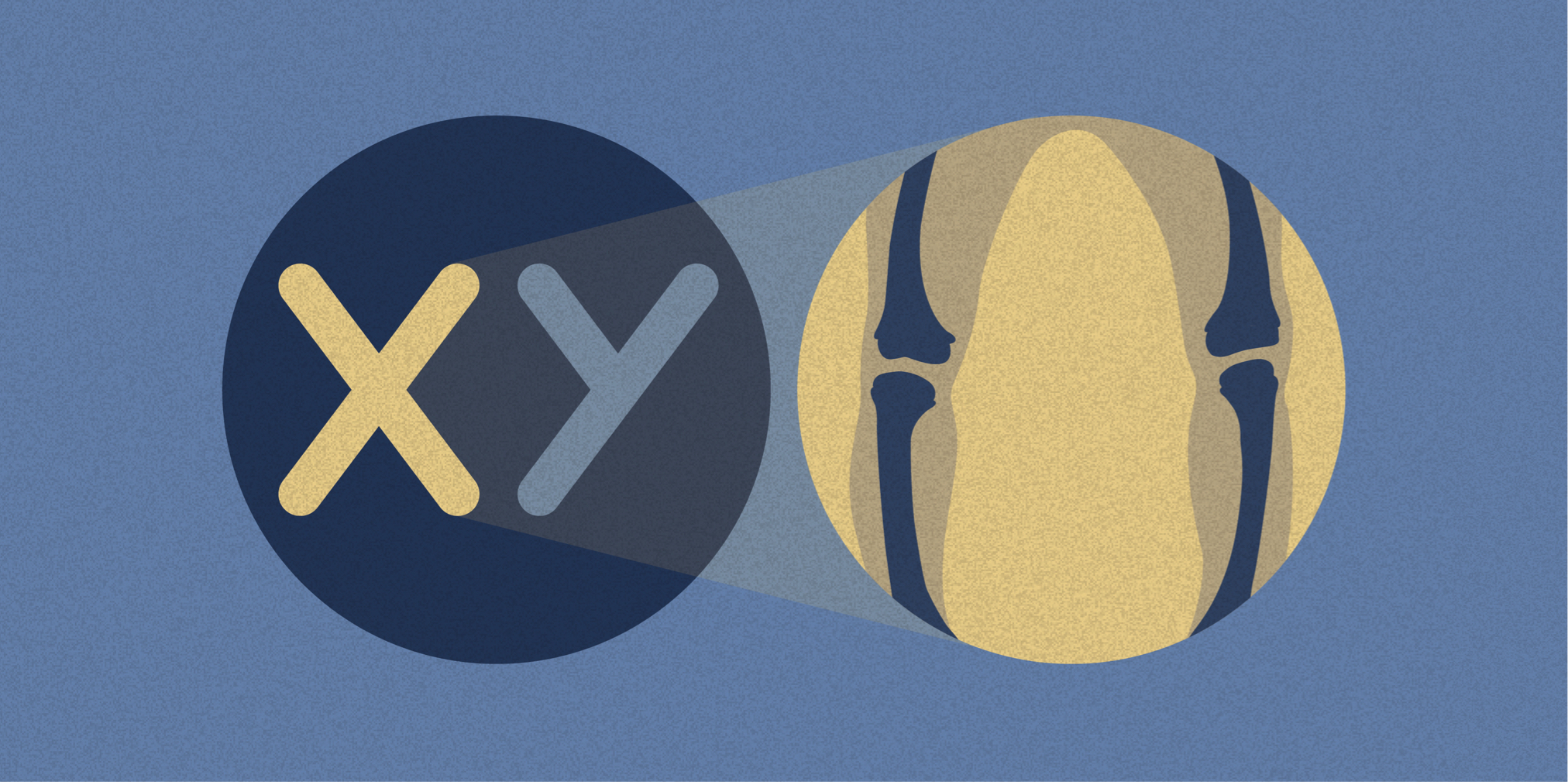Summary
A 35-year-old man thought he had outgrown the rare disorder which he was diagnosed with as a child. But as his movement becomes increasingly limited, he realizes that he never escaped it.
Guest

Suzanne Jan de Beur, MD, Endocrinology
Suzanne Jan de Beur, M.D., is an associate professor of medicine at The Johns Hopkins University School of Medicine and the Director of the Clinical Research Unit Network of the Johns Hopkins Institute for Clinical and Translational Research. She received her B.A. and her M.D. degree from Cornell University. She completed the Osler Medical Residency at the Johns Hopkins Hospital and her fellowship in Endocrinology and Metabolism at the Johns Hopkins University School of Medicine. As a Physician-Scientist and a practicing Endocrinologist, her clinical and research work focus on understanding rare and metabolic bone diseases at the basic level and translating these observations to the bedside. She is an internationally recognized expert in metabolic bone disease and is frequently invited to speak internationally on skeletal health. Dr. Jan de Beur is a leader in several professional organizations and is currently President of the American Society of Bone and Mineral Research. She serves as the Associate Editor of JBMR Plus, Primer on Metabolic Bone Disease and Disorders of Mineral Metabolism and Current Osteoporosis Reports. Dr. Jan de Beur’s work has been published in high impact journals including New England Journal of Medicine, Journal of the American Medical Association, Journal of Clinical Investigation, and The Lancet.
Transcript
DDx SEASON 3, EPISODE 1
The forgotten disease
RAJ:
This season of DDx is brought to you by Ultragenyx Pharmaceutical corporation.
RAJ:
A thirty-five year old man has lived a mostly active life as an adult. As a child, he had been diagnosed with X-Linked Hypophosphatemia, or XLH, a rare inherited disorder, characterised by low levels of phosphate in the blood. It can lead to weak bones, short stature, and dental problems. Even though he thought he had outgrown the disease, he presents with increasingly limited movement. And he’s concerned he may pass on this genetic disease to his children.
RAJ:
This is DDx, a podcast from Figure 1 about how doctors think. This season is all about rare diseases. I’m Dr. Raj Bhardwaj. Today’s case comes from Dr. Suzanne Jan de Beur.
Dr. Jan de Beur:
I am a metabolic bone physician. I’m at Johns Hopkins University School of Medicine where I’m an associate professor of medicine.
RAJ:
After years of being pain-free, the patient’s aches have returned.
Dr. Jan de Beur:
He was diagnosed with XLH as a child and underwent treatment until he stopped growing. And then didn’t think about it much anymore, but now was coming to reestablish care because, A, he’s a very vigorous person and very active, and he felt like his physical activity was beginning to become limited and he was also planning a family and he wanted to know about the genetic implications of XLH.
RAJ:
The patient was diagnosed with XLH as a child only AFTER his older brother was diagnosed. He had presented with delayed milestones, like not walking. The older brother’s legs also started to bow.
Dr. Jan de Beur:
And so since there was no family history of genetic rickets or other family history of bone disorders, there was a delay in diagnosis because there was not known to be this family history. So the pediatrician thought it was a physiologic bowing, but then as it began to progress and there was also growth delay, the child began to exhibit signs of short stature. And so then that when the diagnosis was made.
RAJ:
At the time, doctors believed the older brother was the first in the family to have XLH because about 30% of the time when there’s a new presentation, XLH is not in the family.
Dr. Jan de Beur:
But then my patient was born a couple of years later and developed the very same symptoms. Started having bowed legs, delayed milestones with walking and falling off the growth curve. And so, that child was also diagnosed with XLH
RAJ:
At this point, doctors realized they needed to “zoom out” to look at the bigger picture of the family as a whole.
Dr. Jan de Beur:
So then they looked back at the mom, the mom was normal stature. She did not have bowed legs. She had normal growth, but she did have some subtle phenotypes. So for example, she had a lot of dental abscesses. She had poor teeth and she was developing arthritis even as a younger woman. (06:37) And then it was clear, this was already in the family and the mother had a subtle manifestation and it was missed. (05:58) So there was no availability of genetic testing at that time. So it was made on a clinical basis.
RAJ:
One problem with many genetic diseases is that the genes responsible weren’t known, even a few years ago…But that problem is also an opportunity.
Dr. Jan de Beur:
genetic testing is much more precise than what we observe clinically. A lot of times clinical diagnoses can have a lot of overlaps with other disorders. And so sometimes things may get misdiagnosed, or they’re not precisely diagnosed because we don’t have the underlying genetic disorder, which is where you do genetic testing, and then you can really make the diagnosis. So for example, in this world of hypophosphatemic rickets, there’s dominant forms, autosomal dominant forms, there’s X-linked forms, X-linked hypophosphatemia, and they can look very similar, but they have different underlying genetic disorders. So clinically you can have something that has both legs that maybe not XLH at all and the only way you can really tell it’s XLH by doing the genetic testing and marrying it with the clinical observation that you have.
RAJ:
As an adult, Dr. Jan de Beur’s patient was beginning to be limited in his physical movement. But he was most concerned about the risk of his future children being affected.
Dr. Jan de Beur:
So we talked a lot about the genetic implications because XLH is an X-linked dominant disorder. That means one copy of the X that has the PEX mutation on it is enough to manifest in disease because males only have one copy of the X chromosome when they pass that X-chromosome to their daughter, the 100% of daughters of men with XLH will have XLH. Okay. None of the sons of men with XLH will have XLH because they’re not giving an X chromosome, they’re giving their Y chromosome. Mothers with XLH have two X chromosomes. So the children of mothers with XLH have a 50/50 chance of having XLH. So what I counseled him was if you have daughters, they will have XLH. If you have sons, they will not have XLH… I also counseled him that XLH can have a broad phenotypic expression and you see that in your family, your mother is not very effected at all. You and your brother have undergone multiple surgeries, you have short stature, you’ve had to have your legs straightened. And so you’re more severely effected. And it’s hard to predict how effected any given child would be. What was on his side is that there are treatments available and you would know if the child is affected so you could start treatment early.
RAJ:
The patient went on to have three children, two girls and a boy. The results were exactly as Dr. Jan de Beur had predicted.
Dr. Jan de Beur:
Two girls, which have XLH and a male who doesn’t have XLH. And, of course, the girls that have XLH were identified very early because we knew before they were born that they were going to have XLH. And so they’ve been under a care of an excellent pediatric endocrinologist and have been receiving treatment and are doing well.
RAJ:
Meanwhile, the two brothers, including our patient, have continued to have manifestations.
Dr. Jan de Beur:
they both have short stature. They’ve had to have multiple osteotomies where their legs have been corrected and straightened. Because their legs have been straightened there is sometimes not completely normal alignment at the joints. So they do have some joint pain that is an issue and then one of the brothers has significant dental manifestations as well.
RAJ:
And our patient’s mother, now a grandmother, has worsened.
Dr. Jan de Beur:
she really has developed significant spinal stenosis that’s required several surgeries. She has significant arthritis and she’s lost many of her teeth requiring implants. So her, while she was a young woman, looked relatively unaffected with time and as she’s become an adult, she’s actually become quite effected with spinal stenosis, dental manifestations and arthritis.
RAJ:
Even though it’s an inherited disease, X-Linked Hypophosphatemia causes different issues in children and adults.
Dr. Jan de Beur:
So typically what you’d look for, say you had a family that you knew X-linked hypophosphatemia was in the family and you have a new child in the family. So what you’re going to be looking for is you’re going to be looking for delayed milestones. Is there delayed walking? Is there problems with falling off the growth curve? Is the child beginning to grow less well? Are the legs beginning to be bowed? And, of course, if you knew there was X-linked hypophosphatemia in the family you’d be measuring the blood phosphorous levels even before they were getting to the age where they were going to walk.
RAJ:
Remember, about 30% of people with X-Linked Hypophosphatemia are the first in the family to have the disorder.
Dr. Jan de Beur:
Later on they begin to develop dental abscesses and start to lose teeth to caries. In fact, it’s a little sad because sometimes they get blamed for poor dental hygiene because they keep getting these caries and these abscesses, when really it’s a part of the disease because PEX, which is the gene that’s mutated in X-linked hypophosphatemia, is also important in tooth development and enamel dental development. (11:58) And then what will happen is then arthritis enthesopathy. Enthesopathy is when you get mineralization, calcification, ossification of the tendons as they insert onto the bone, that causes a lot of difficulty with range of motion, difficulty with pain and stiffness. That begins to develop over time. And so by the time you get to adults, you’re going to end up with spinal stenosis because there’s going to be this ossification, a lot of times at the ligaments that run down the spine. (12:33) The foramena where the nerves come out also start to narrow. You get arthritis, both because of malalignment of the legs because of the bowing, but also arthritis seems to be developed independent of that. And then you’re going to get manifestations of long-term dental issues, where people are going to lose a lot of their teeth. So your children are going to have problems with bowed legs, stature, delayed milestones. Your adults, their main problems are going to be stiffness, pain, spinal stenosis, enthesopathy, dental issues.
RAJ:
Bones don’t stop changing when people stop growing – and XLH isn’t just a disease of childhood.
Dr. Jan de Beur:
many of my patients who have reconnected with care as adults were told, (14:52) “We’re going to treat you till you stop growing and then we’re not going to treat you anymore.” (14:55)
And many times they don’t continue medical care after that point. And then they re-engage as adults when they’re having these problems with arthritis and their teeth and enthesopathy and fractures.
RAJ:
So what is Dr. Jan de Beur’s advice, to both doctors and patients?
Dr. Jan de Beur:
Your journey with XLH is not done when you finish growing and you don’t stop treatment necessarily at that time. (17:25) It’s important to get involved in a patient advocacy group where you can understand about the newest developments, you can understand about what you’re experiencing and how that is also experienced by others. I find that patient support groups are fantastic, and there’s a great one called the X-linked Hypophosphatemia Network, XLH Network. And something that they may have been experiencing that they didn’t think was XLH might be XLH related for example, we didn’t appreciate that hearing loss is part of XLH and now we understand that it is. (18:29) XLH is a lifelong journey that you should walk with that patient through that journey, because there’s a lot of different points of contact that you can offer resources, education, treatment, for them to be able to successfully age with XLH and do that in the best way possible.
RAJ:
Thanks to Dr. Suzanne Jan de Beur for speaking with us. This is DDx, a podcast by Figure 1. Figure 1 is an app that lets doctors share clinical images and knowledge about difficult to diagnose cases. I’m Dr. Raj Bhardwaj, host and story editor of DDx. You can follow me on Twitter at Raj BhardwajMD. Head over to figure one dot com slash ddx, where you can find full show notes, photos and speaker bios. This episode was brought to you by Ulttragenyx Pharmaceutical Corporation. Thanks for listening.






